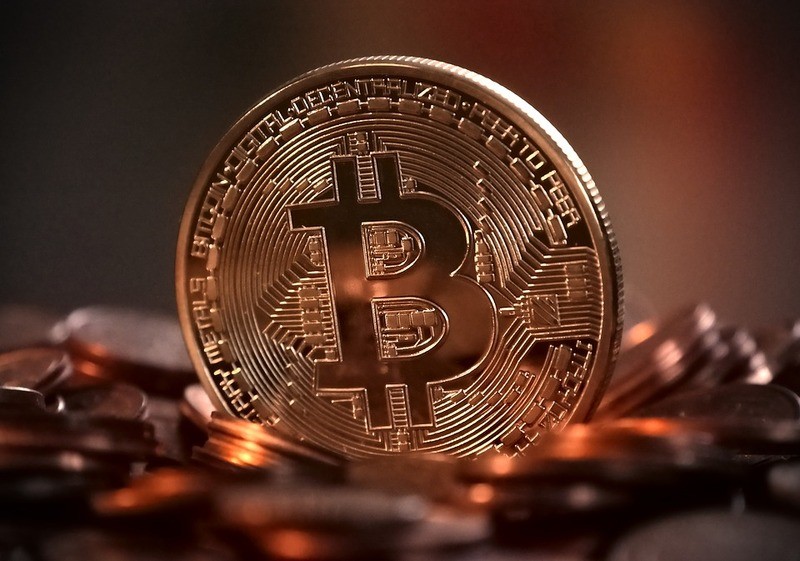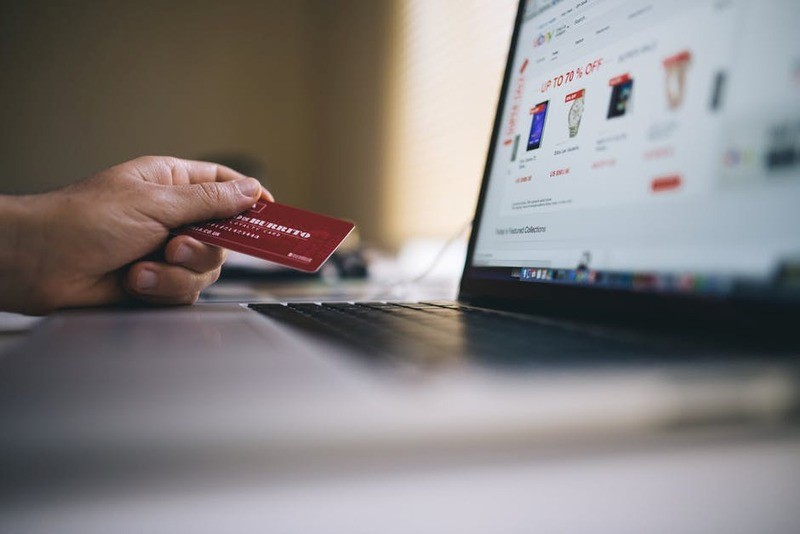Whether you are looking to establish an online branch for your business or are thinking of getting entrepreneurial in e-commerce, one of the most pivotal decisions is the online payments system that you choose, as well as the array of options that you provide. Online payment methods have radically transformed in the last years and have expanded far beyond credit and debit card payments. But what does the landscape look like right now?
The Shift from Credit Cards to “More Payment Options”
At first, there was (just) cash and cheques. But as more and more businesses took their activities online, new ways of paying emerged, revolving around bank cards – and enterprises that did not offer such payment methods soon found themselves lagging behind in sales. In fact, a survey by CyberSource Corp. recently confirmed that websites which allowed for at least four different payment options besides paying by credit card had a sales conversion rate that was increased by 12% compared to those with just one other option. More and more companies are getting wind of similar facts, such as China-based e-commerce giant Alibaba, which offers options such as WebMoney and Boleto alongside the more traditional methods, while other industries such as online bingo sites have also embraced a variety of options for a while now, including pay-by-phone-bill, Skrill and more.
PayPal truly transformed the field: established almost 20 years ago as a money transfer service for Confinity, a company developing security software for handheld devices, it was later merged with Elon Musk’s online banking company X.com. Musk was very confident in PayPal’s potential – so much that he “removed” his then CEO who disagreed on this – and he was of course right. PayPal still largely dominates the alternative online payment market and has a global reputation for security and reliability – but also has its cons, like not being accessible in all countries and being quick to block accounts. According to a 2016 survey, PayPal has more than 100 million active accounts and accounts for 18% of e-commerce transactions, which amounts to average daily payments worth more than $315 million. But more options have emerged since, many of which make use of newer payment methods.
Multinational Companies and Cryptocurrencies Enter the Game
With so much at stake, it’s no wonder that major multi-industry companies joined in with their own versions of payment methods. In 2011, Google launched Google Wallet, a service that accommodates peer-to-peer payments and operates through an app available for both handheld devices and desktop computers – or even through Gmail. This e-Wallet charges no fee for sending or receiving money, but one downside is that it is currently only available in the United States, as it must be connected to a bank account or debit card in the US. Amazon Payments is another safe and easy method that allows users to tap into Amazon’s API (Application Programming Interface) and ACH (Automated Clearing House) in order to receive or send funds. The service is available outside the Amazon environment and conveniently connects payments to existing Amazon accounts, utilising the information already stored.
 You will find more statistics at Statista
You will find more statistics at Statista
Yet the true revolution is currently coming from online payment start-ups that make use of Bitcoin and blockchain technology. Cryptocurrencies like Bitcoin are digital currencies that are not issued by states but instead rely on cryptography and “mining” to power them. Blockchains are algorithms that follow in that same decentralised philosophy and allow cryptocurrencies to be traded and verified electronically without a central ledger.
Recently, a blockchain-based payments startup called Circle, with investors including Goldman Sachs and Baidu, has announced a no-fee foreign payments service for the US and Europe. Circle’s mobile app-based peer-to-peer payment system aims to allow users to send payments between U.S. dollars, British pound sterling or euros with no fees or foreign exchange markups. It utilises Ethereum, which is another steadily growing cryptocurrency. In 2016, funds processed through Circle exceeded $1 billion and it saw its customers increase more than tenfold in the year up to last May.
Cutting through Borders …and Time Constraints
Even more recently, popular Silicon Valley payments startup Stripe announced that it would partner up with Chinese digital payment platforms Alipay and WeChat Pay, allowing Chinese customers to make purchases from US merchants without having to convert to the local currency. And slightly before that, a London-based startup called Curve declared that “financial time travel” is now possible, as it would launch a payment card that would enable users to retroactively switch to a different credit or debit card for any given payment up to two weeks after the transaction.
These are just a few of the myriad of options out there when it comes to online payments – so there is no excuse for not doing your research before you choose what would best fit your target audience as well as your financial needs.
Sources: thebalance.com / reuters.com / independent.co.uk
Related Posts
« 6 ways to save money on your holiday Why are unsecured personal loans becoming more popular? »











